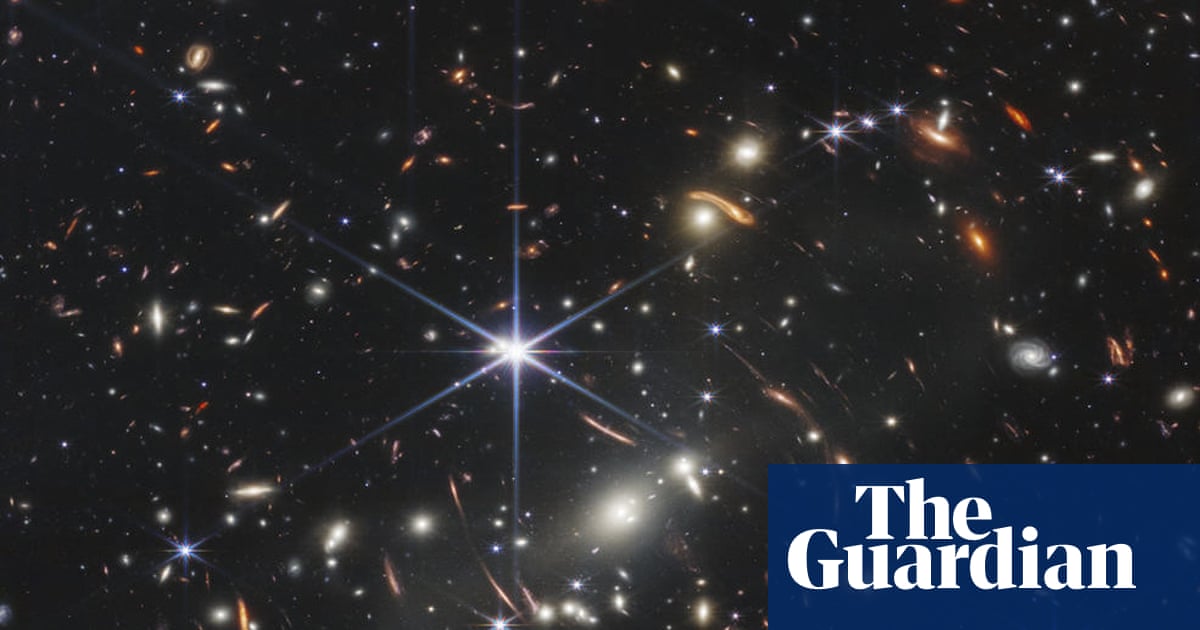lpetrich
Contributor
NASA Webb Telescope on Twitter: "Hey now, Webb’s instruments are all-stars! 
#ICYMI, Webb completed its mirror alignment phase! Each of its 4 instruments can now take clear images of the sky. Over the next 2 months, our team will calibrate the instruments to get Webb ready for science: (links)" / Twitter
Has some short video showing a bit of a team meeting.
Where Is Webb? NASA/Webb - shows the temperature graphs. All four instruments are at their target temperatures, the near-IR ones at 35 K and the mid-IR MIRI at 6.4 K.
The Hot and Cold of Webb – James Webb Space Telescope
The telescope's angle relative to the Sun is kept between 85d (pitch = -5d: hot) and 135d (pitch = +45d: cold). So it isn't the Milky Way that's the issue.
NASA Webb Telescope on Twitter: "It’s all about attitude
As Webb points to different targets around the sky, the whole telescope moves together. Changes in Webb’s attitude — the angle of the Sun on its sunshield — can slightly heat or cool Webb. We test to measure those effects: (links)" / Twitter
#ICYMI, Webb completed its mirror alignment phase! Each of its 4 instruments can now take clear images of the sky. Over the next 2 months, our team will calibrate the instruments to get Webb ready for science: (links)" / Twitter
Has some short video showing a bit of a team meeting.
Where Is Webb? NASA/Webb - shows the temperature graphs. All four instruments are at their target temperatures, the near-IR ones at 35 K and the mid-IR MIRI at 6.4 K.
The Hot and Cold of Webb – James Webb Space Telescope
The telescope's angle relative to the Sun is kept between 85d (pitch = -5d: hot) and 135d (pitch = +45d: cold). So it isn't the Milky Way that's the issue.
NASA Webb Telescope on Twitter: "It’s all about attitude
As Webb points to different targets around the sky, the whole telescope moves together. Changes in Webb’s attitude — the angle of the Sun on its sunshield — can slightly heat or cool Webb. We test to measure those effects: (links)" / Twitter


